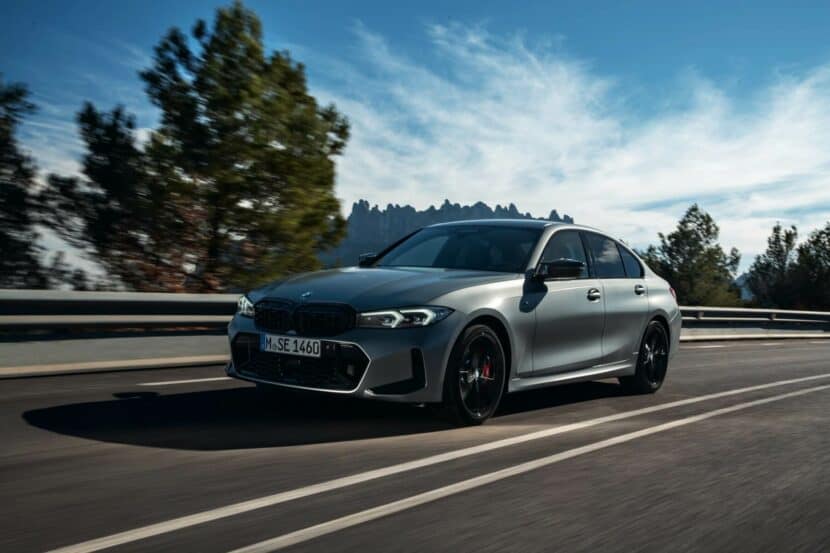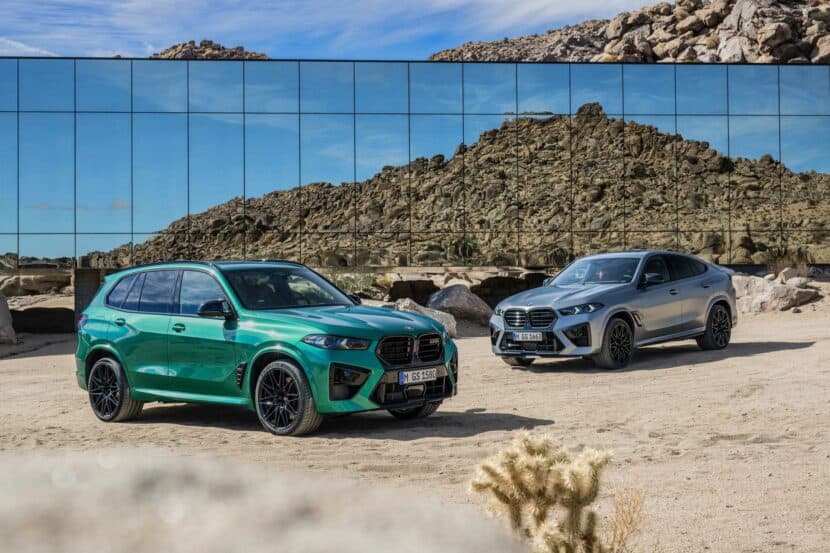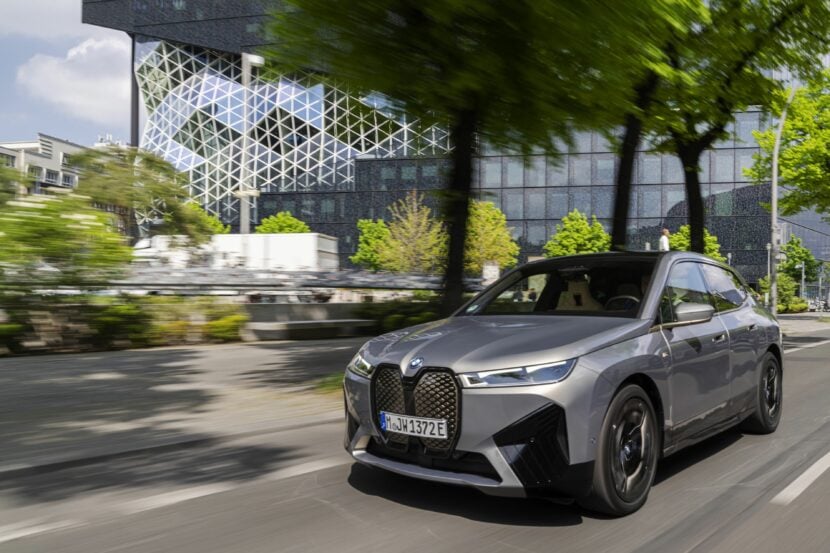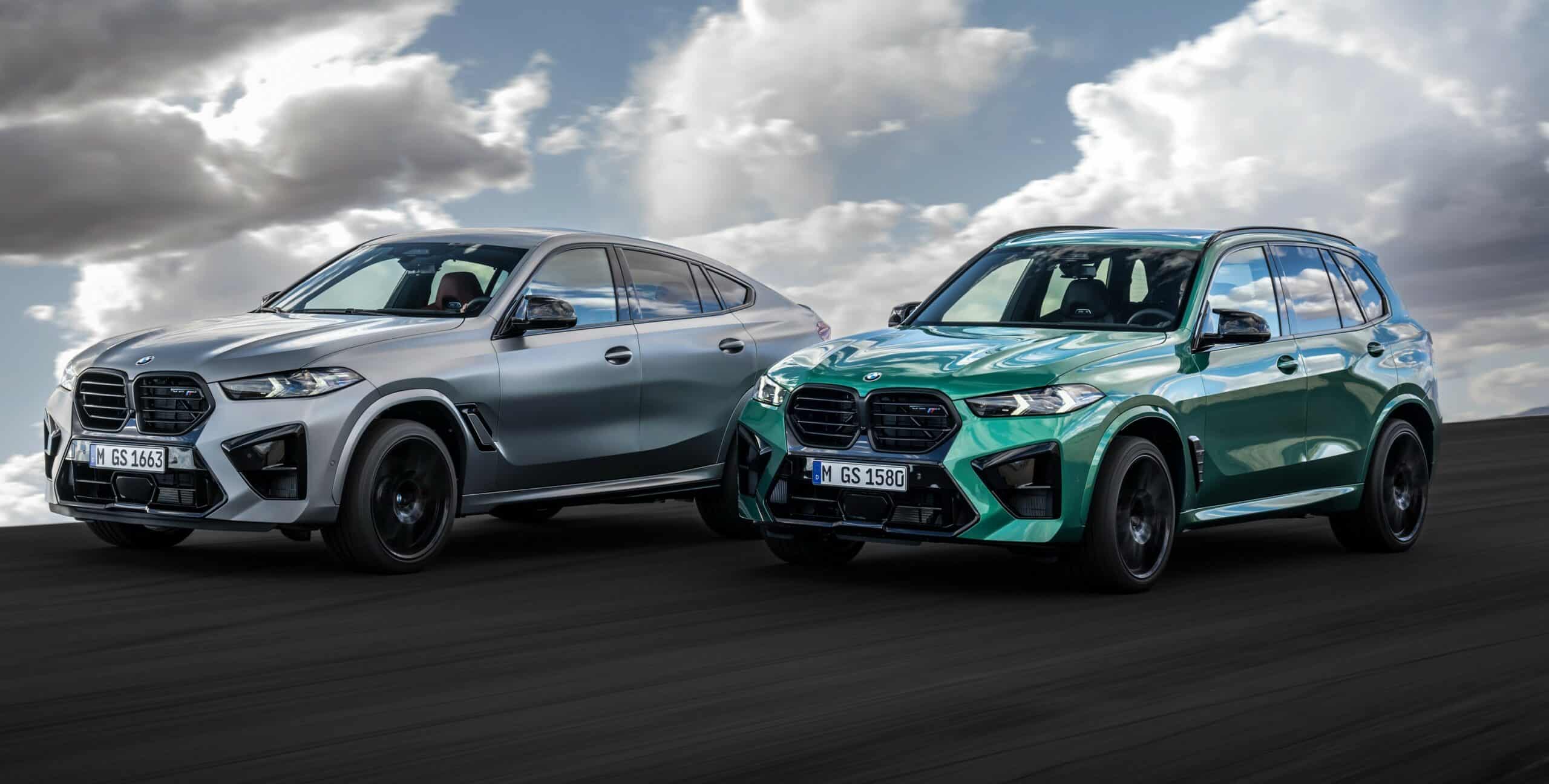BMW has worked hard over the years to offer a diverse lineup. Shoppers now have significantly more options when it comes to picking the right luxury SUV. You’re spoiled for choice, too, with nearly two dozen models available. So, it can be difficult when you’re trying to decide the right fit. Here, we’ll look at the best values in each segment and help you find the perfect match.
Buying the Right BMW Sedan (or…Four-Door)

BMW arguably built its reputation on making fast and fun four-doors. It is no surprise that the legendary BMW 3 Series should be high on your list if you’re looking for a four-door sedan. It offers a characteristic BMW handling experience, plenty of space for rear passengers, and a refined, classic exterior design. Particularly, the high-powered and quick M340i xDrive.
Other choices exist, though. The 4 Series Gran Coupe offers the same driving experience with a bit more modernized looks. It also provides a convenient hatchback trunk with more cargo room than the comparable 3 Series. If the looks don’t scare you away, the 4 Series is objectively superior to the 3 Series – and probably the G30 (pre-2024) 5 Series, too.
Customers looking for the latest and greatest tech will find it in the 7 Series and the newest (2024) 5 Series. Though the G20 3 Series and G26 4 Series finally have iDrive 8 and the cool curved display, they’re nearing the halfway mark of their production cycle. That means they’ll be gone soon, and the latest software will likely only be available on later cars, like the 5 and 7. But, if you’re only driving yourself and kids, friends, and cousins, the 4 Series Gran Coupe will fit your lifestyle best while saving you some cash. We’ve got additional details in our Sedan or Gran Coupe Buyer’s Guide.
Buying the Right SUV – Sorry. SAV.

BMW doesn’t make sport utility vehicles. They market their SUVs as Sports Activity Vehicles, offering an exciting balance of SUV versatility and sports car handling. We can save you a lot of hunting, though – the BMW X5 is probably your desired vehicle. It’s about 8 inches longer and 5 inches wider than the X3 but significantly improves towing capacity (7,200 pounds vs. 4,400 pounds), is a more comfortable ride, and has better power than the base X3.
Other options include the BMW X3 – which is great if you only kind of need the space of an SUV. Its compact size makes it more agile than the X5, but with the six-cylinder X3 M40i starting at only $1,000 less than the X5, it’s a tough sell. While more compelling from the driver’s seat, it doesn’t offer as much space as you might hope. That said, it drives excellent – so customers who value dynamics will be pretty happy with the X3. The three-row X7 is the best and only choice if you’re seating more than five passengers.
BMW practically invented the “SUV that looks like a car” body style – they call it a Sports Activity Coupe. Choosing the BMW X4 and BMW X6 (or lesser-known X2) is purely a stylistic choice over their more practical platform-mates. Personally, I prefer my SUVs to work – which is why I would choose an X3 or X5. You can learn more in our BMW SUV Buyer’s Guide.
Buying the Right Electrified BMW

The introduction of the i5 brings the total count of BMW EVs to four. But it gets a bit more complicated when you consider the available PHEV options. In the US, we only get the 330e, 530e, and X5 xDrive50e/45e (technically, the XM, too). I’m sure the other hybrids work well in their respective markets. Still, for the US, I recommend the X5 xDrive50e (or 45e) for its superior range, overall versatility, impressive power, and surprising value. While that might not be reassuring to people shopping for the 330e – nearly $25,000 less expensive – each BMW PHEV offers distinct value in its price range. As long as you can make do with the lower range – and build a compelling value for the price premium vs. gas used – you’ll enjoy your BMW PHEV just fine. But the X5 does everything the best.
Regarding the fully-electrified lineup, the iX and i4 are the standout options. This is mostly value-oriented advice. From what I’ve experienced in the new 7 Series, you’ll get exceptional refinement and even more modern looks, but perhaps not a whole lot more engagement from the driver’s seat. The iX, on the other hand, surpasses most expectations in almost all areas – and it is an easy recommendation in the EV segment. The i4 eDrive35 deserves notoriety as the most cost-efficient way to drive a BMW EV. Which, in my estimation, is one of the best reasons to buy an electric BMW in the first place.
Buying the Right BMW M Vehicle

Enthusiasts drawn to the M brand are usually acutely aware of what it’s all about. But in case you aren’t, here’s the quick and dirty on ’em. The M2 is small, agile, and quick. It offers the best of old-school BMW M with the tech of the new school. The M3 (sedan) and M4 (coupe/convertible) are a size up and offer the same engine as the M2 but with more power. They’re more substantial feeling and a little bit more customizable and expensive, but no less capable. The M5 and M8 use a twin-turbo V8 and all-wheel drive to haul ass (and people, if that’s your thing), with no available manual transmission and supercar-rivaling quickness.
The M lineup expands to the X3 M and X4 M for the first time ever with the current generation. They both use the M3’s S58 engine and have incredible power. Raucous acceleration is great, but it does pair with a rowdy ride. Not for the faint of heart if you have rear-seaters. The X5 M, X6 M, and XM all use a twin-turbo 4.4-liter V8 and make upwards of 600 horsepower. They’re fast, fabulously appointed, and fantastically expensive. The slight increase in performance – 3.7 seconds in the X5 M vs. 3.9 in the X3 M – might not be worth it unless your pockets are infinitely deep. The BMW M Town Tour is a great way to figure out which BMW M car is perfect for you.





































































